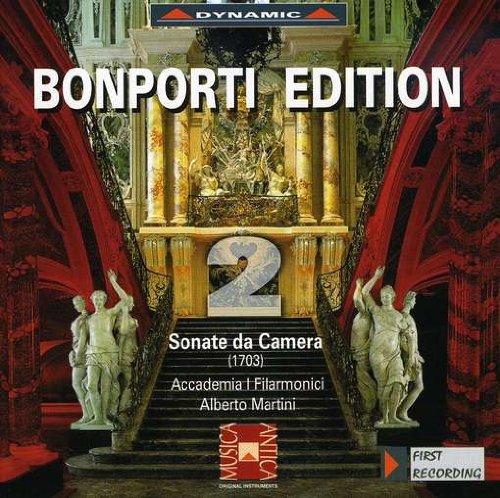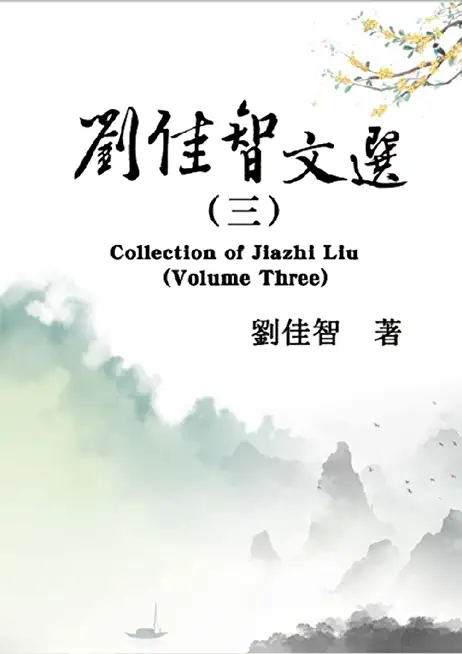
description
that combines memoir with an exploration of the natural world both inside and outside the garden.
In March 2020, Margot Anne Kelley was watching seeds germinate in her greenhouse. At high risk from illness, the planning, planting, and tending to seedlings took on extra significance. She set out to make her pandemic garden thrive but also to better understand the very nature of seeds and viruses.
As seeds became seedlings, became plants, became food, Kelley looks back over the last few millennia as successions of pandemics altered human beings and global culture. Seeds and viruses serve as springboards for wide-ranging reflections, such as their shared need for someone to transport them, the centrality of movement to being alive, and the domestication of plants as an act of becoming co-dependent. Pandemic viruses only occurred through humankind's settling down, taking up agriculture, and giving up a nomadic life. And yet it's the garden that now provides a refuge and a source of life, inspiration, and hope. A Gardener at the End of the World explores questions of what we can preserve--of history, genetic biodiversity, culture, language--and what we cannot. It is for any reader curious about the overlap of nature, science, and history.
In March 2020, Margot Anne Kelley was watching seeds germinate in her greenhouse. At high risk from illness, the planning, planting, and tending to seedlings took on extra significance. She set out to make her pandemic garden thrive but also to better understand the very nature of seeds and viruses.
As seeds became seedlings, became plants, became food, Kelley looks back over the last few millennia as successions of pandemics altered human beings and global culture. Seeds and viruses serve as springboards for wide-ranging reflections, such as their shared need for someone to transport them, the centrality of movement to being alive, and the domestication of plants as an act of becoming co-dependent. Pandemic viruses only occurred through humankind's settling down, taking up agriculture, and giving up a nomadic life. And yet it's the garden that now provides a refuge and a source of life, inspiration, and hope. A Gardener at the End of the World explores questions of what we can preserve--of history, genetic biodiversity, culture, language--and what we cannot. It is for any reader curious about the overlap of nature, science, and history.
member goods
No member items were found under this heading.
listens & views

SONATA DA CAMERA OP 2
by BONPORTI / ACCADEMIA I FILARMONICI / MARTINI
COMPACT DISCout of stock
$17.75
Return Policy
All sales are final
Shipping
No special shipping considerations available.
Shipping fees determined at checkout.






